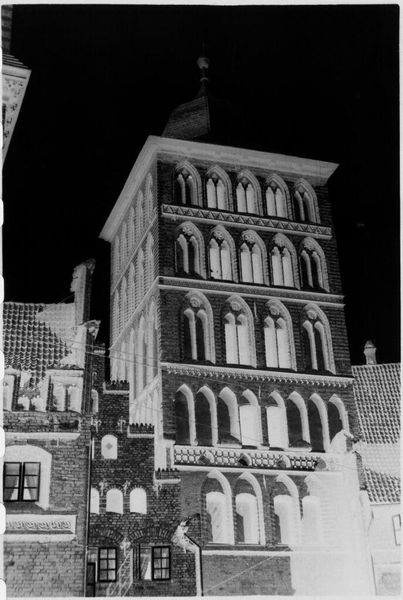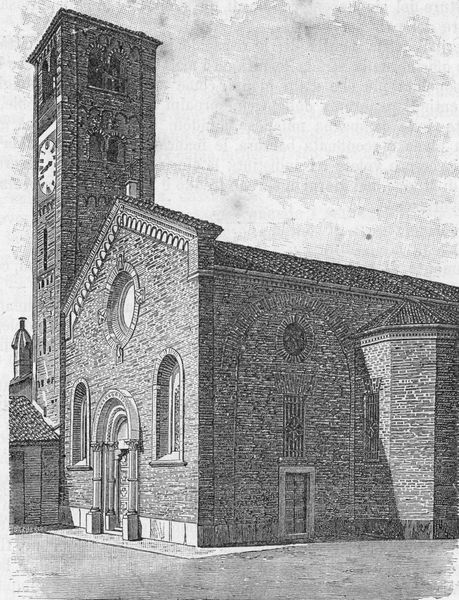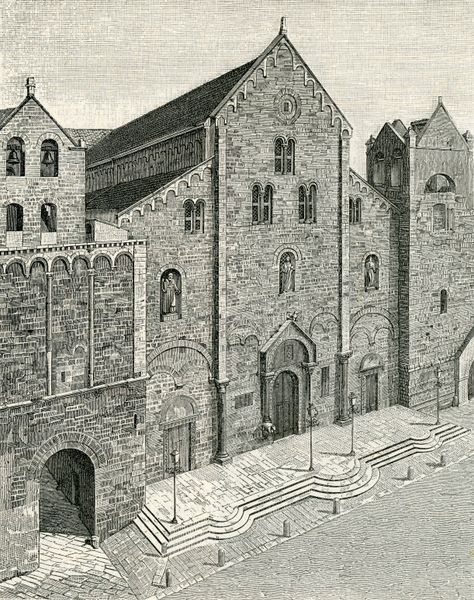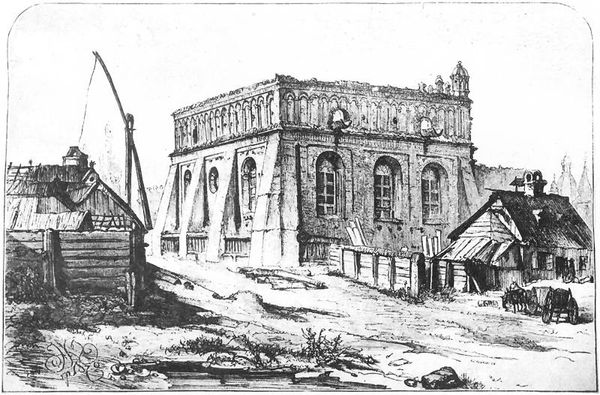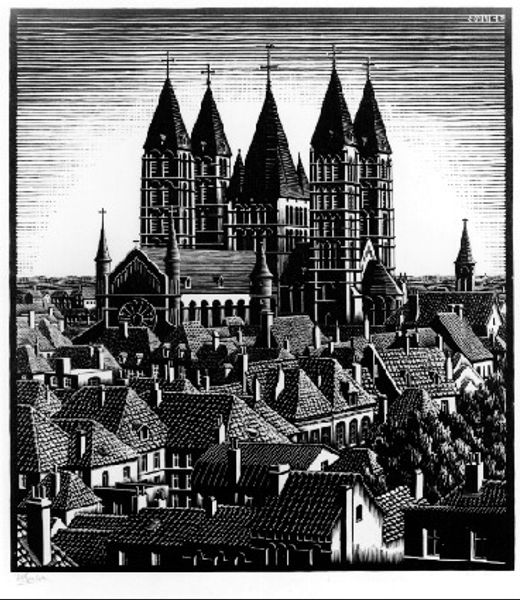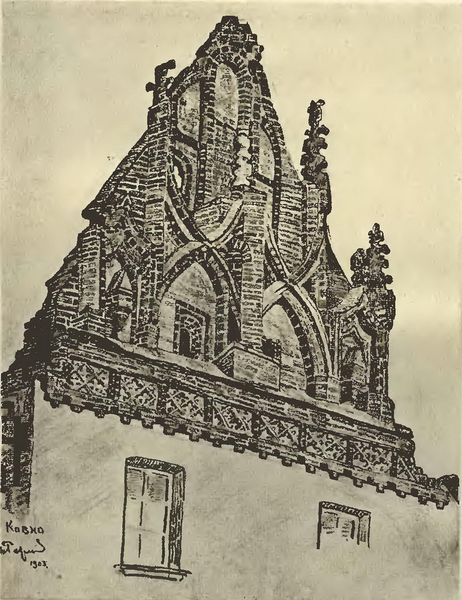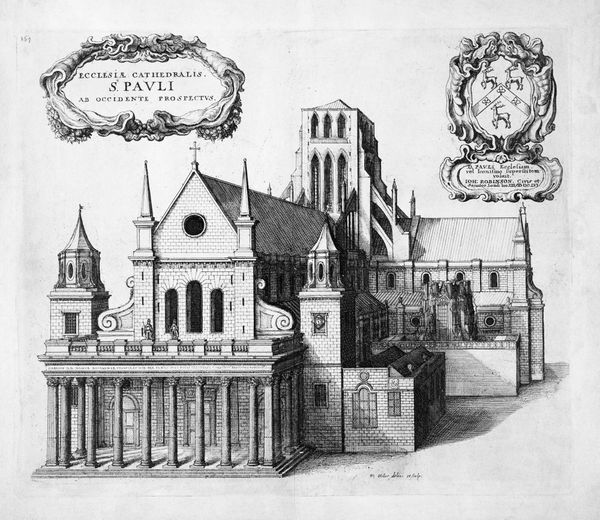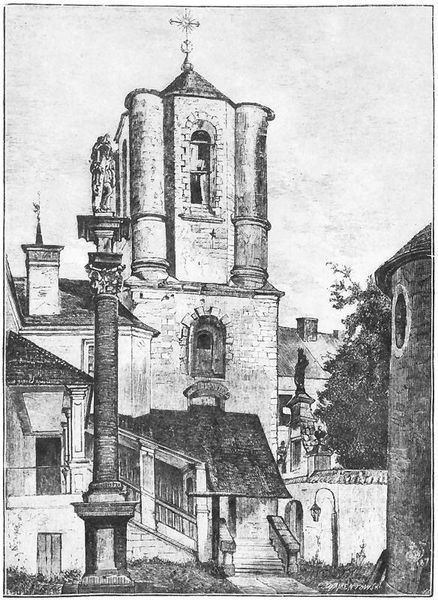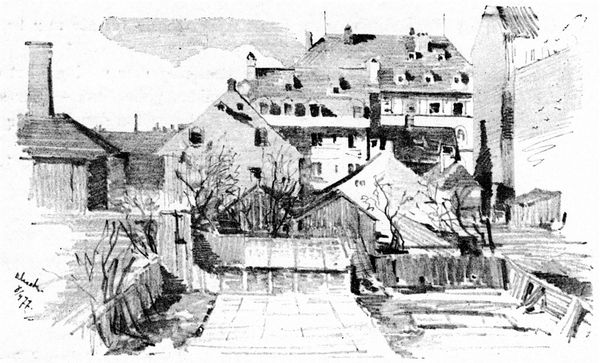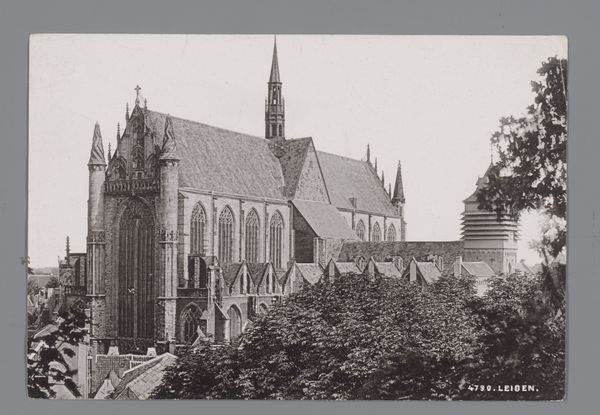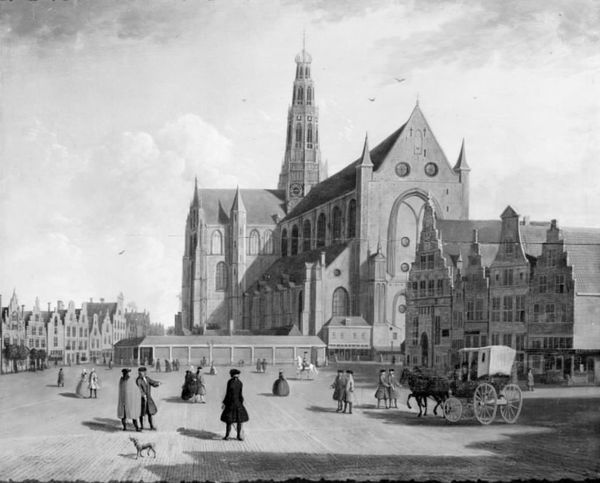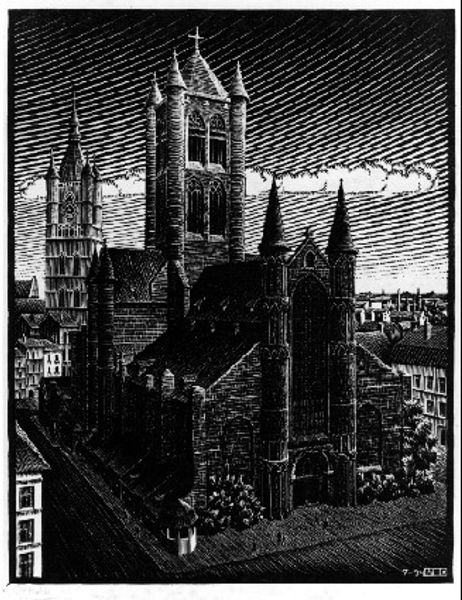
drawing, ink
#
drawing
#
medieval
#
landscape
#
ink
#
geometric
#
line
#
cityscape
Copyright: M.C. Escher,Fair Use
Editor: Here we have M.C. Escher’s “Cathedral of Cefalu, Sicily (December 1932),” a drawing created in 1932. It is striking to me that Escher, famous for his mathematically inspired impossible constructions, would create such a realistic landscape. What are your initial thoughts on this piece? Curator: It’s a fascinating departure, isn’t it? But even in what seems like a straightforward depiction, we see Escher engaging with architectural space in a very deliberate way. Consider the viewpoint – it's almost like a bird’s-eye view, abstracting the buildings and landscape into almost geometric shapes. How might this unusual perspective relate to the public’s engagement with such religious spaces during the interwar period? Editor: That’s a great point. I hadn’t considered the societal context. Was there a shift in how people viewed religious institutions at this time that Escher might be commenting on? Curator: The rise of secularism and changing social structures undoubtedly impacted the Church’s role. Escher, by presenting the cathedral in this way, removes some of its grandeur and positions it almost as an element within the town’s fabric, inviting viewers to consider the institution’s place within a changing world. Do you think that impacts how we, as modern viewers, receive the image? Editor: Absolutely! The aerial perspective flattens the cathedral and its importance in the social hierarchy. I’d say that’s even more evident today. Curator: Precisely. Escher’s choices in representing the cathedral open a discourse not only about its physical presence, but also its role within society then and now. It really underscores the continuous negotiation of power structures inherent within landscape art. Editor: I see it completely differently now! It’s fascinating how an artist’s choices, even in seemingly objective depictions, reflect larger social dynamics. Curator: Indeed. It also illustrates how viewing art through a historical lens enhances our understanding and challenges initial assumptions.
Comments
No comments
Be the first to comment and join the conversation on the ultimate creative platform.

